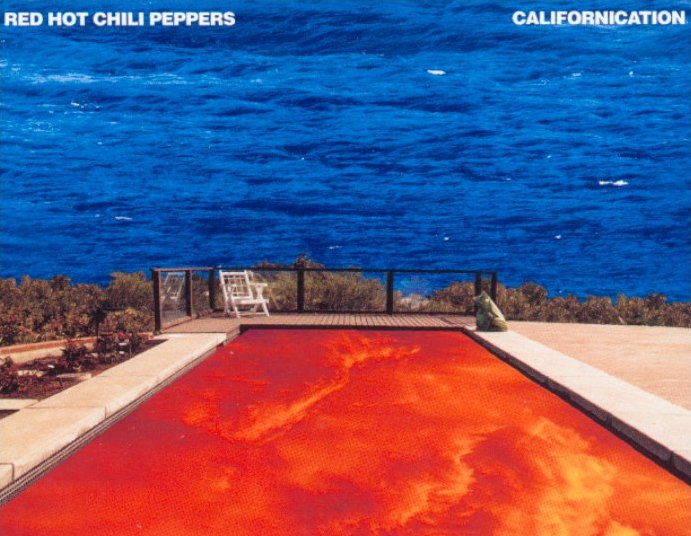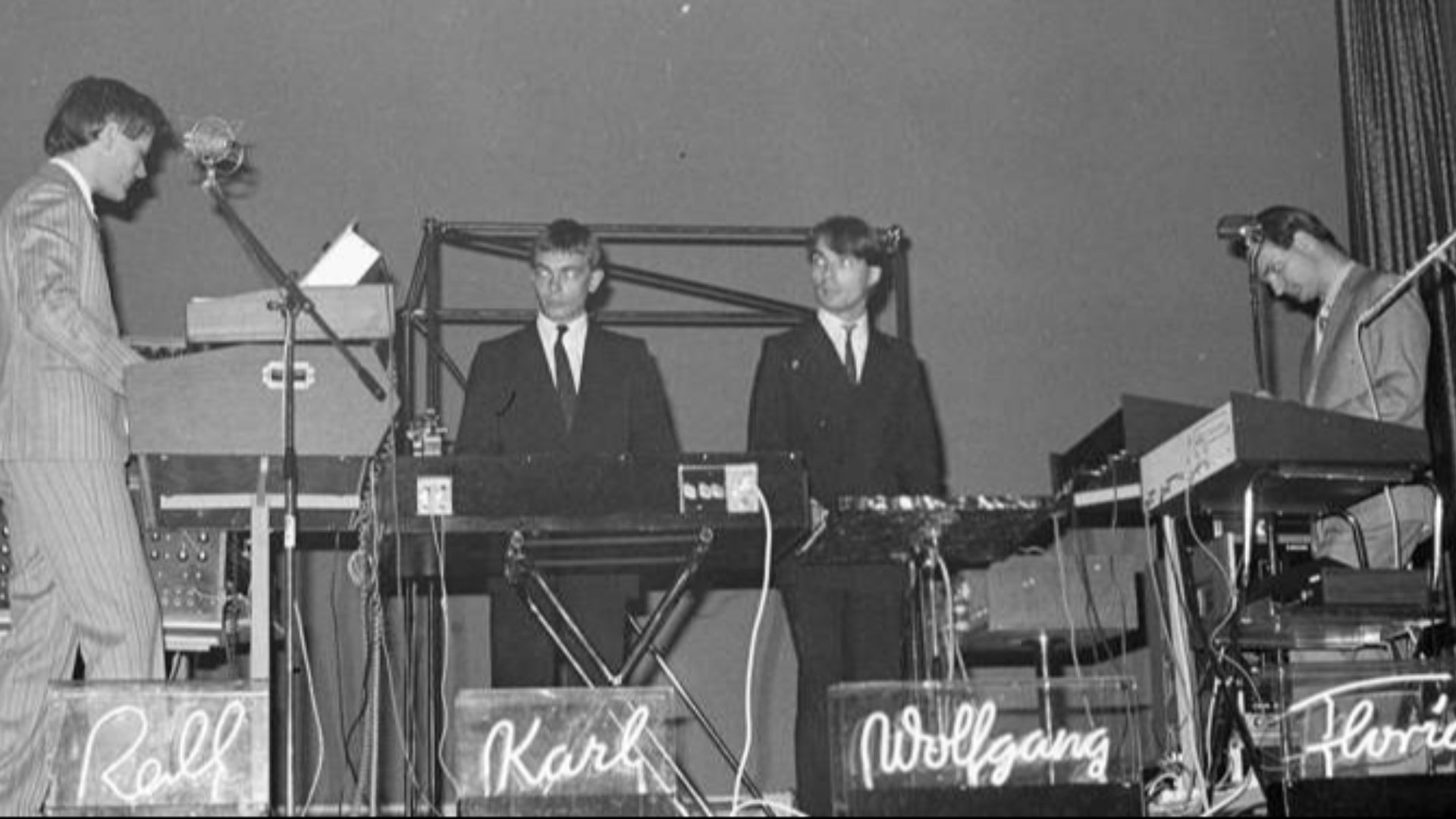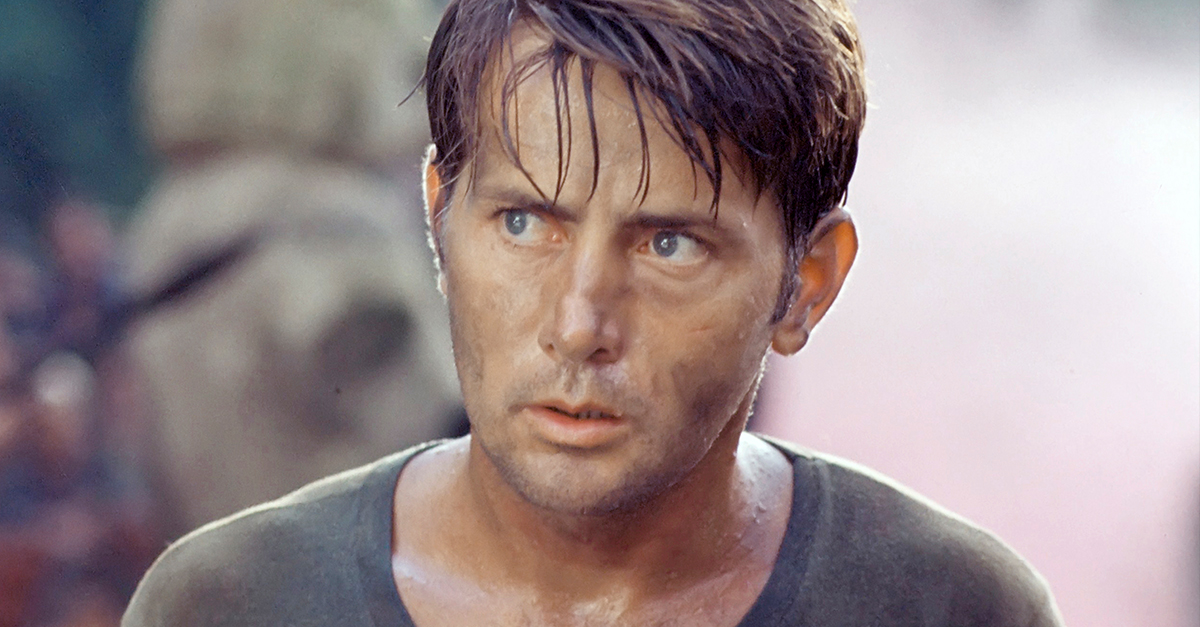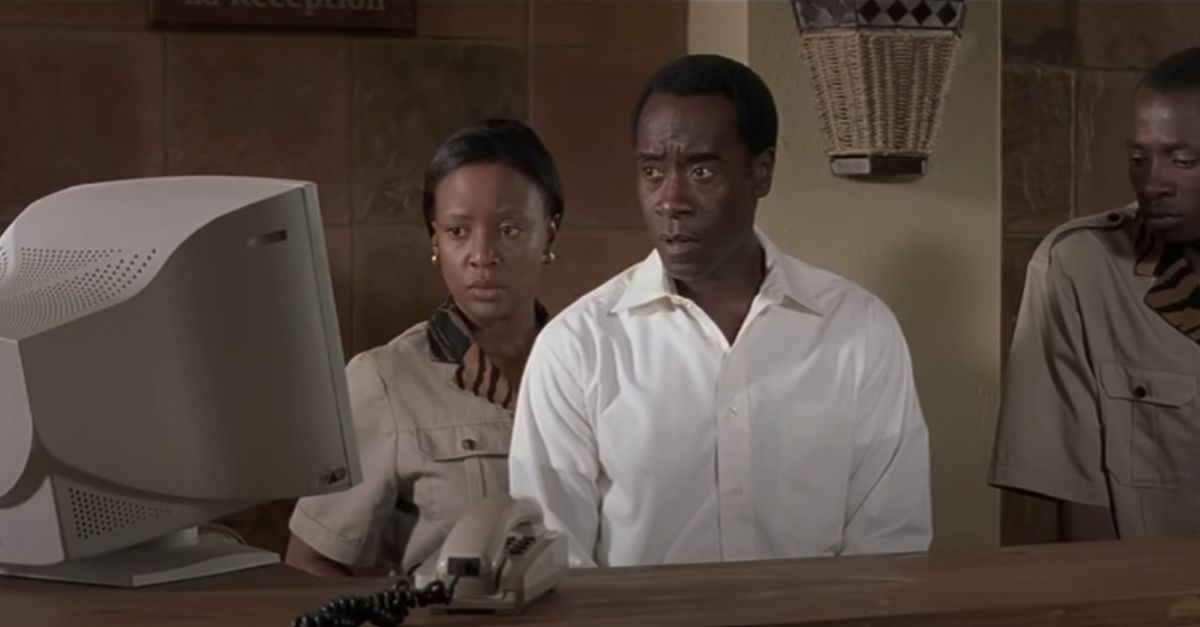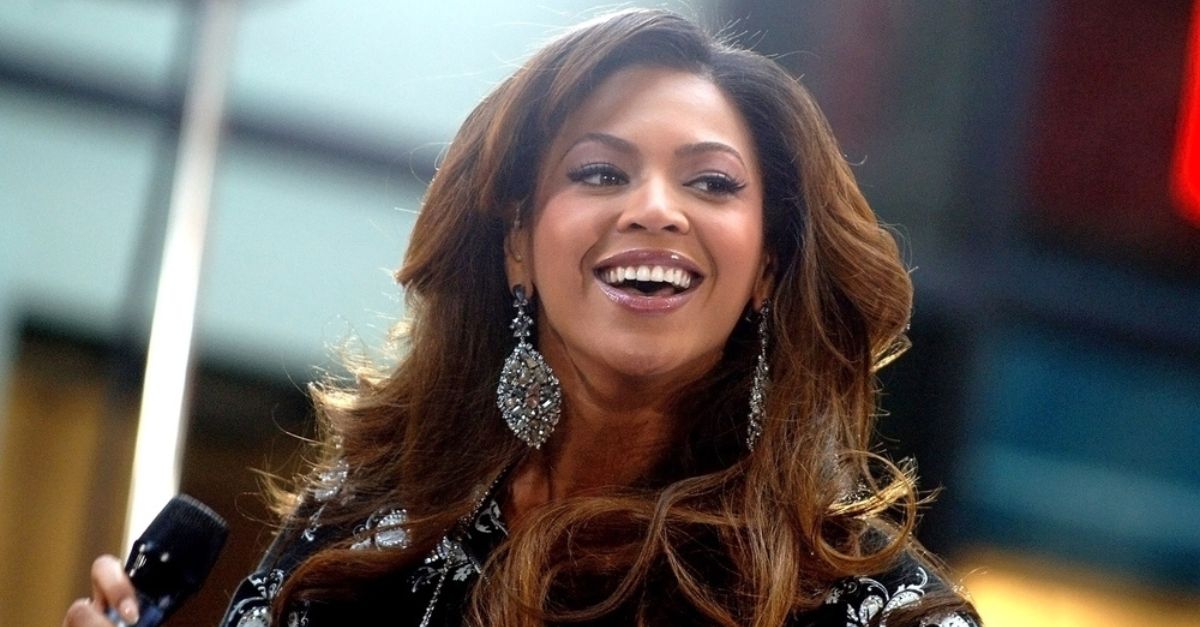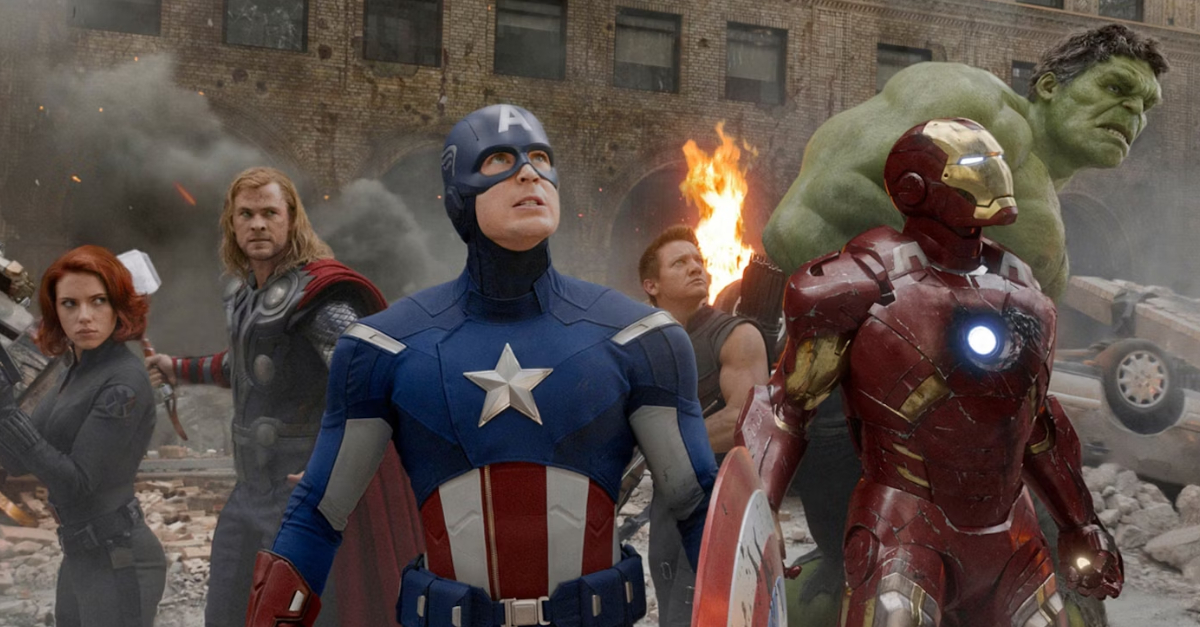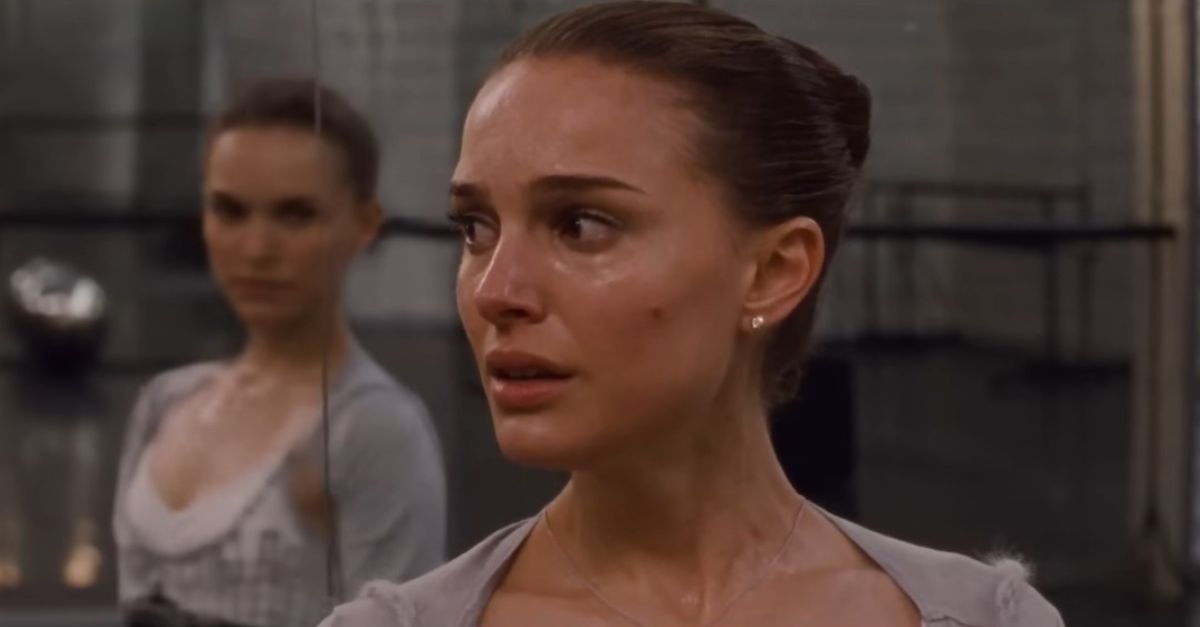So Predictable
Welcome, time-traveling music lovers! Did your playlist accidentally turn into a crystal ball? Some artists don’t just capture a moment—they predict what’s coming (accidentally or on purpose). From disco doomsday to internet romance, these songs saw the future long before the rest of us caught up. Buckle up—no DeLorean required.
“Video Killed the Radio Star” (The Buggles, 1979)
The Buggles dropped this synth-pop anthem two years before MTV even launched—and it became the first music video ever played on the network in 1981. “We were joking about technology changing everything,” Trevor Horn said. Joke’s on us. Streaming, AI DJs, and deepfake vocals say: mission accomplished.
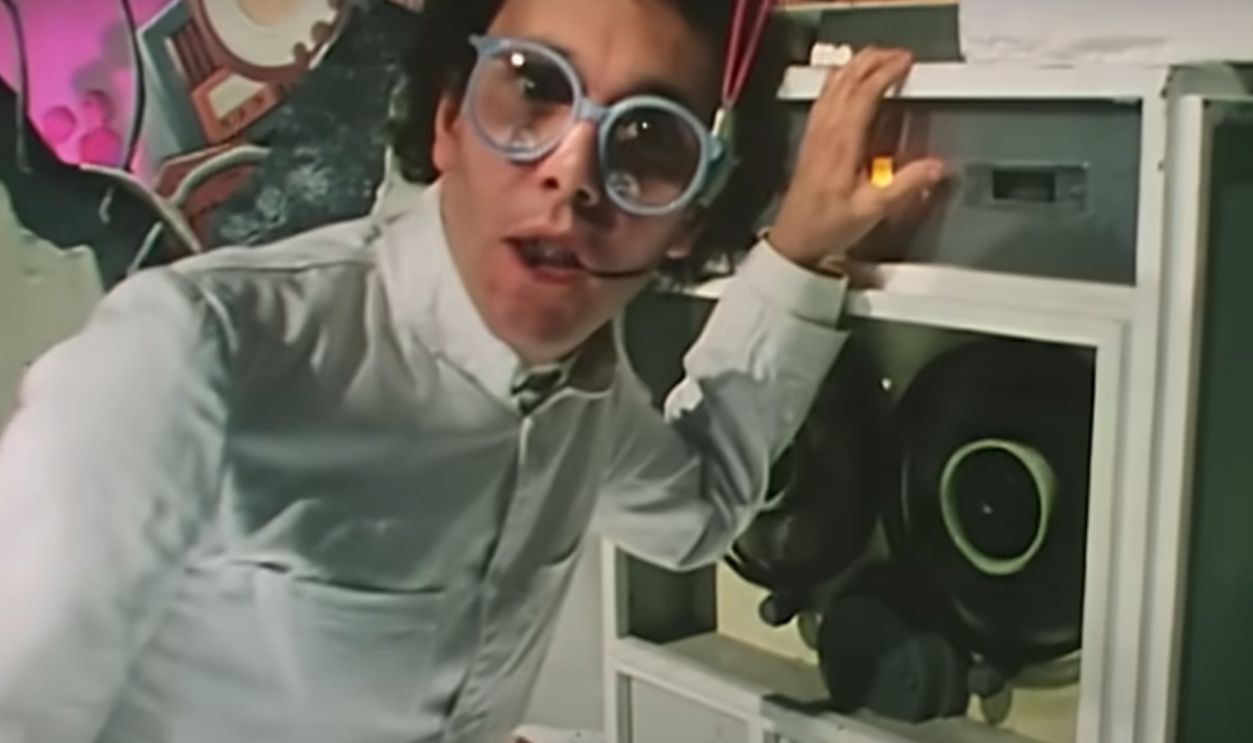 The Buggles - Video Killed The Radio Star (Official Music Video) by TheBugglesVEVO
The Buggles - Video Killed The Radio Star (Official Music Video) by TheBugglesVEVO
“Californication” (Red Hot Chili Peppers, 1999)
Anthony Kiedis painted a picture of Hollywood dreams turned digital: plastic surgery, fame obsession, and online fantasy worlds. “Psychic spies from China try to steal your mind’s elation”? Replace “psychic spies” with “data miners” and you’ve basically got 2025. Even the song’s title foreshadowed our current mashup of tech and temptation.
“Space Oddity” (David Bowie, 1969)
Released just before Apollo 11’s moon landing, Bowie’s tale of Major Tom predicted humanity’s emotional detachment from technology and space. Bowie later mused, “I always felt Major Tom was the future astronaut—lost somewhere between machine and man.” Decades later, astronaut Chris Hadfield performed it from orbit.
 David Bowie - Space Oddity (Original Music Video 1969) (HD), Ezco Musaos
David Bowie - Space Oddity (Original Music Video 1969) (HD), Ezco Musaos
“In the Year 2525” (Zager & Evans, 1969)
When Zager & Evans sang about the year 2525, they weren’t kidding around. Each verse leaps a thousand years forward, painting a world where humans stop thinking, stop birthing, and let machines take over. The duo said they were inspired by the “cold logic of science fiction,” and over 50 years later, it feels less fiction, more “next week.”
 NEW * In The Year 2525 - Zager & Evans {Stereo} 1969, Smurfstools Oldies Music Time Machine
NEW * In The Year 2525 - Zager & Evans {Stereo} 1969, Smurfstools Oldies Music Time Machine
“Computer World” (Kraftwerk, 1981)
The godfathers of electronic music foresaw a digital society long before we logged on. Tracks like Computer Love and Home Computer practically invented synthpop—and predicted everything from online dating to home PCs. As Ralf Hütter once said, “We play the machines—and they play us.”
“I.G.Y. (What a Beautiful World)” (Donald Fagen, 1982)
Donald Fagen took the optimism of the Space Age and twisted it into a wry wink at the future. He predicted “undersea byways” and “solar-powered cities”—which sounded absurd back then but now sound like... well, the news. Fagen called it “the dream that never quite happened.” We’re still waiting on those moon bases, Donald.
 Donald Fagen - I.G.Y. (What a Beautiful World), Just Masters
Donald Fagen - I.G.Y. (What a Beautiful World), Just Masters
“London Calling” (The Clash, 1979)
Joe Strummer warned of “a nuclear error” and “the ice age coming”—and months later, the Three Mile Island nuclear accident occurred in the U.S. The eerie timing made some fans think The Clash had insider info. Either way, it cemented the band’s rep as punk prophets.
 The Clash - London Calling (Official HD Video) by The Clash
The Clash - London Calling (Official HD Video) by The Clash
“Every Breath You Take” (The Police, 1983)
Sure, it sounds like a love song—but it’s basically Big Brother: The Ballad. Sting admitted it’s “a very, very sinister song about surveillance and control.” In the age of GPS, smart devices, and apps that know your every move, the lyric “I’ll be watching you” now hits a little too close to home. Creepy... but catchy.
 The Police - Every Breath You Take (Official Music Video), The Police
The Police - Every Breath You Take (Official Music Video), The Police
“Virtual Insanity” (Jamiroquai, 1996)
Before smartphones or social media existed, Jamiroquai was already worried about technology taking over. “Futures made of virtual insanity,” he sang—years before VR headsets and algorithmic rabbit holes became real. Jay Kay later said he wrote it as a warning about “progress that isn’t progress.” Turns out, the man in the fuzzy hat was right.
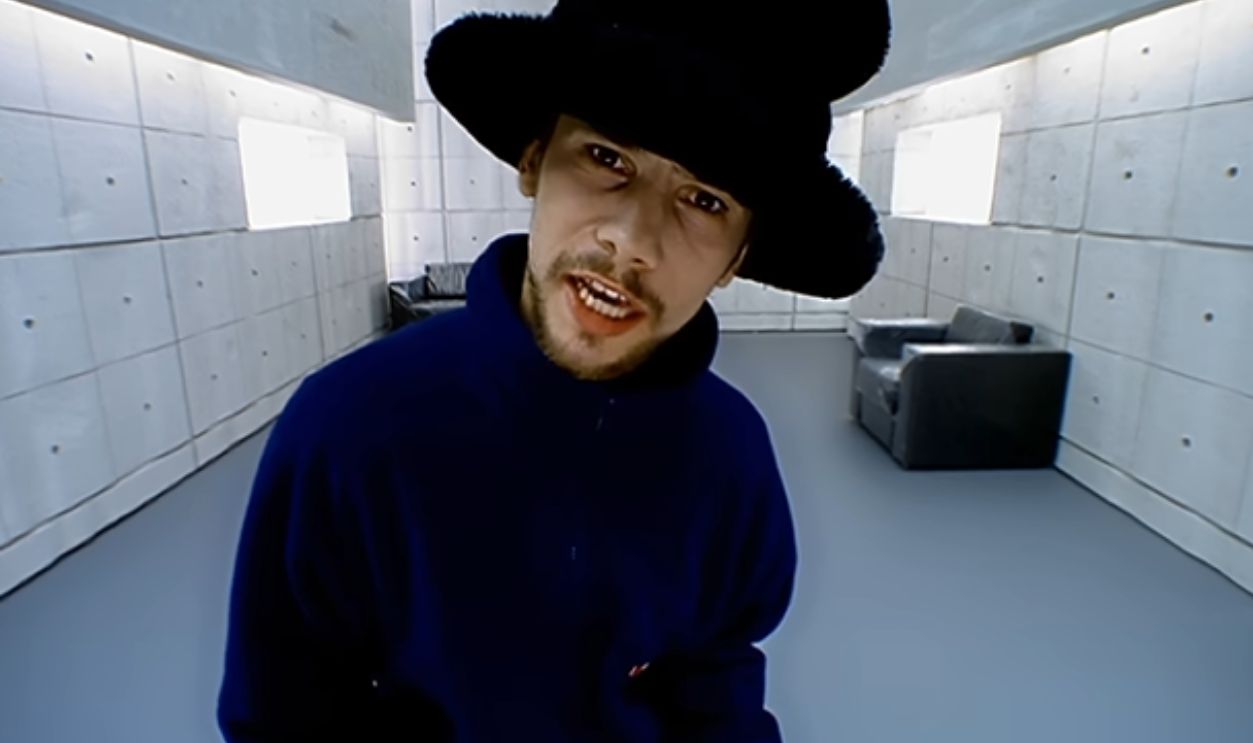 Jamiroquai - Virtual Insanity (Official Video), Jamiroquai Official
Jamiroquai - Virtual Insanity (Official Video), Jamiroquai Official
“Supernature” (Cerrone, 1977)
This disco banger about lab experiments gone wrong feels like Frankenstein with glitter. The lyrics warn that humanity’s obsession with modifying nature will backfire—and, decades later, that hits differently. Lene Lovich, who wrote the words, said she wanted it to sound like “the monsters coming back for revenge.” Planet Earth might be humming along to the same beat.
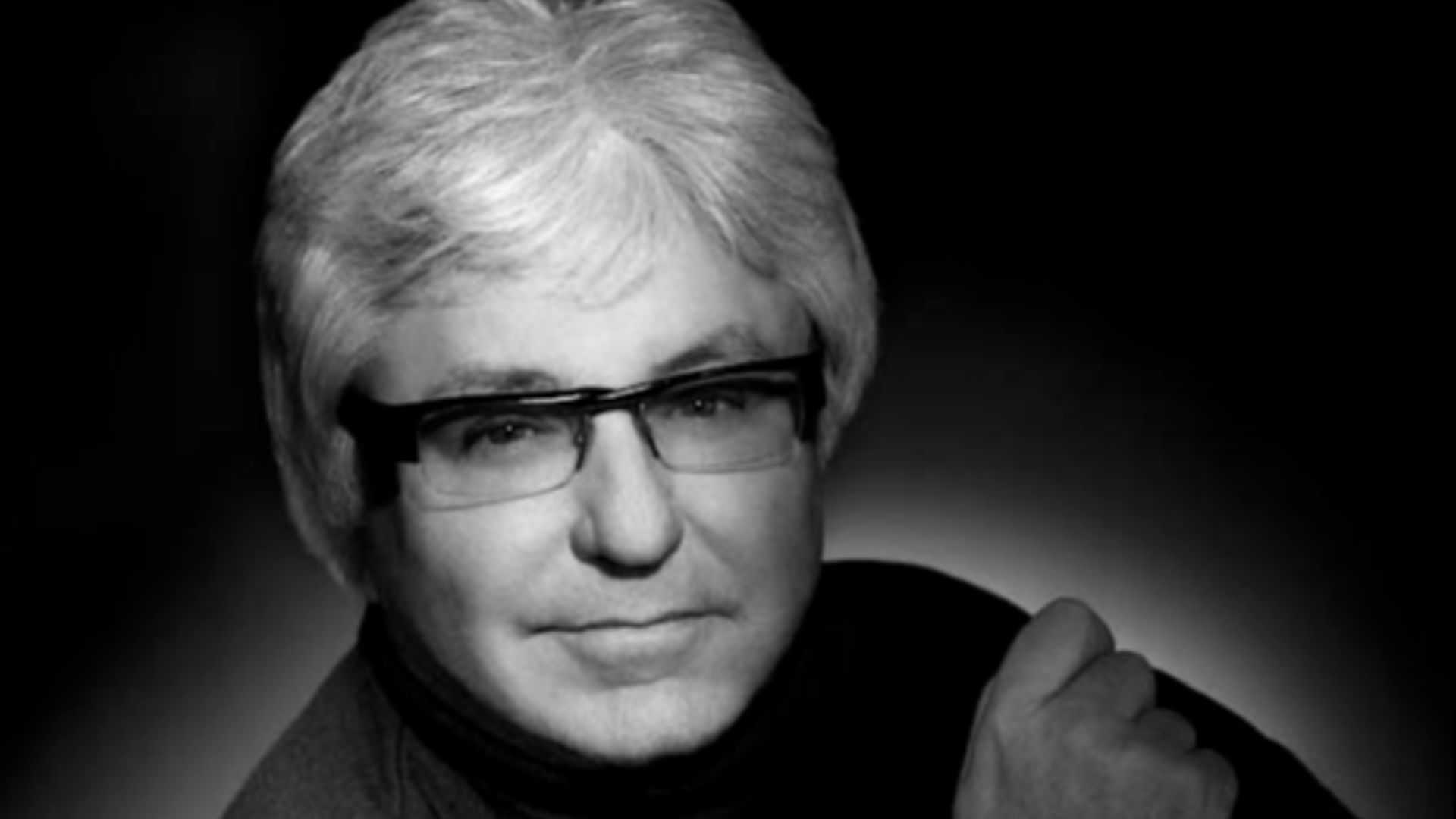 Studio Harcourt, Wikimedia Commons
Studio Harcourt, Wikimedia Commons
“OK Computer” (Radiohead, 1997)
When OK Computer dropped, critics called it bleak. Now it just sounds like Tuesday. Songs like Paranoid Android and Fitter Happier nailed the feeling of modern anxiety—automation, disconnection, endless noise. Thom Yorke later joked, “We weren’t predicting anything; we were just really miserable.” Either way, it was prophetic misery.
 Radiohead Ok Computer Unboxing Oknotok 1997-2017 Limited Blue Vinyl., Dr.Jamessmith!
Radiohead Ok Computer Unboxing Oknotok 1997-2017 Limited Blue Vinyl., Dr.Jamessmith!
“The Sound of Silence” (Simon & Garfunkel, 1964)
Written after JFK’s assassination, this song warned of people “talking without speaking, hearing without listening.” Decades later, it’s the soundtrack to every scrolling zombie on social media. Paul Simon said he wrote it while sitting in the dark, feeling “utter loneliness.” Somehow, that candlelit melancholy became the theme song for the internet age.
 Simon & Garfunkel - The Sound Of Silence (HD music video 1966), Sound & Vision
Simon & Garfunkel - The Sound Of Silence (HD music video 1966), Sound & Vision
“Stan” (Eminem, 2000)
Obsessive fandom was scary in 2000; in 2025, it’s Tuesday on Twitter. Eminem’s Stan told the story of a fan who takes his devotion too far—and the word “stan” is now literally in the dictionary. “It’s about what happens when people lose perspective,” Eminem said. If only we’d listened before hashtags got weird.
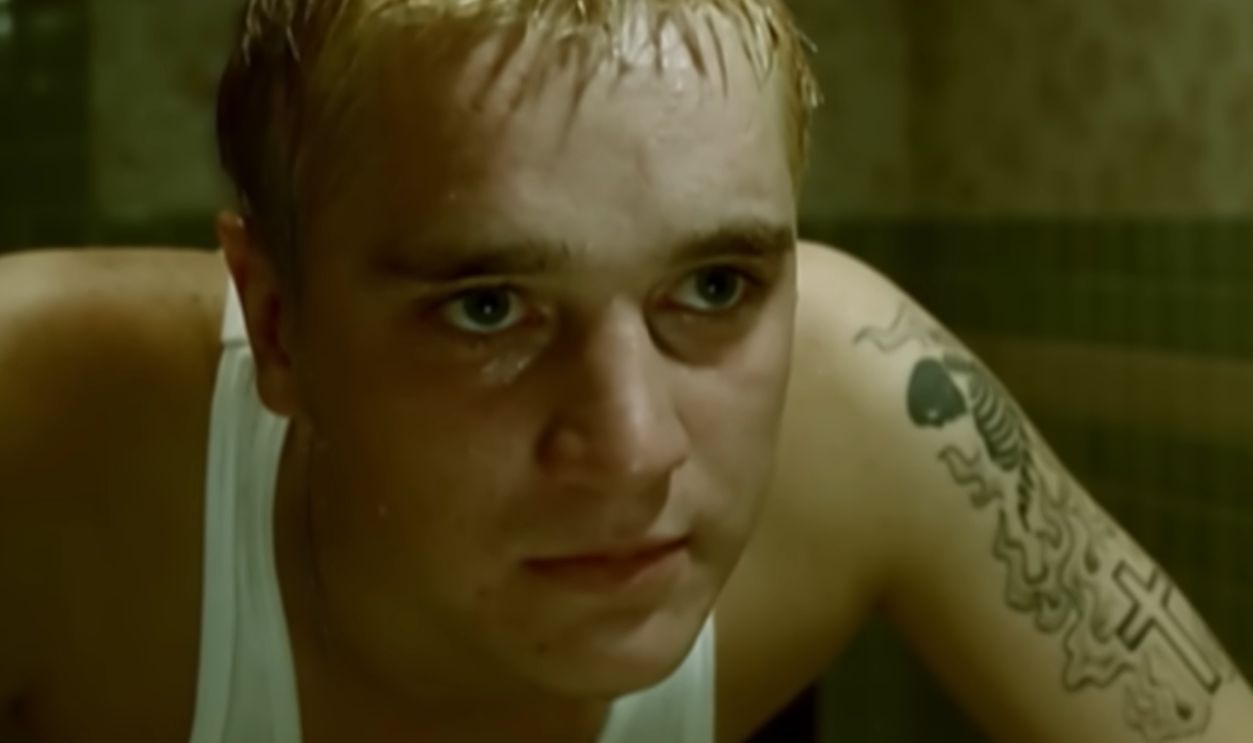 Eminem - Stan (Long Version) ft. Dido, EminemMusic
Eminem - Stan (Long Version) ft. Dido, EminemMusic
“A Deeper Understanding” (Kate Bush, 1989)
Long before Siri or AI companions, Kate Bush imagined a lonely man who falls in love with his computer. “We need to feel something real,” she sang. She later explained it as a warning about people “turning to machines for what they can’t find in life.” It’s eerie, beautiful, and—judging by modern dating apps—shockingly accurate.
 Kate Bush - Deeper Understanding - Official Video, KateBushMusic
Kate Bush - Deeper Understanding - Official Video, KateBushMusic
“1999” (Prince, 1982)
Prince wasn’t predicting Y2K, but the party anthem’s “we could all die any day” line pretty much summed up the millennial panic two decades later. In true Prince style, he didn’t suggest hiding—he suggested dancing. Turns out, that was the correct response to the early 2000s.
 Prince - 1999 (Official Music Video), Prince
Prince - 1999 (Official Music Video), Prince
“Sweet Dreams (Are Made of This)” (Eurythmics, 1983)
The Eurythmics’ lyric “Everybody’s looking for something” captured a global consumerist mood before the tech boom even began. Annie Lennox said she wrote it about “the way people endlessly chase satisfaction.” Welcome to the algorithm age.
“Money for Nothing” (Dire Straits, 1985)
Mark Knopfler wrote it after overhearing appliance-store workers mock rock stars on MTV. Their rant—about “microwave ovens, custom kitchens, and color TVs”—accidentally predicted how technology would blur luxury and normal life. Within a decade, all those things were in every home.
 Dire Straits - Money For Nothing (Live at Wembley 1985), Dire Straits
Dire Straits - Money For Nothing (Live at Wembley 1985), Dire Straits
“Razor Love” (Neil Young, 1989)
Neil Young quietly envisioned the smartphone era long before it arrived. He sings about “a wireless connection” and “a little device in my hand.” He later explained, “I imagined people holding their whole world in their palm.” That’s prophetic—no algorithm needed.
 Neil Young - Razor Love, Dalhalla Sweden 5th July 2016., Kvarnheden
Neil Young - Razor Love, Dalhalla Sweden 5th July 2016., Kvarnheden
“Too Much Time on My Hands” (Styx, 1981)
What started as an anthem for boredom in the early ’80s found new life during 2020 lockdowns. Suddenly, everyone had “too much time” and no idea what day it was. The song shot back up streaming charts, accidentally becoming the pandemic’s unofficial theme.
 Styx - Too Much Time On My Hands, STYX
Styx - Too Much Time On My Hands, STYX
“Strange Days” (The Doors, 1967)
Jim Morrison might’ve been a rock star, but he also had a weird sixth sense. Lines like “Faces look ugly when you’re alone” and “We’re through being cool” sound like they were written for social media culture. Morrison once predicted, “One day, music will be made by one person with machines.” Nailed it.
“Eve of Destruction” (Barry McGuire, 1965)
This protest anthem captured nuclear panic, racial tension, and generational unrest—and half a century later, all three are still headlines. McGuire said, “It wasn’t prophecy, it was reality—but reality tends to repeat itself.”
 Barry McGuire - Eve of Destruction (Hullabaloo - Sep 20, 1965), John1948OneB
Barry McGuire - Eve of Destruction (Hullabaloo - Sep 20, 1965), John1948OneB
“Jesus Built My Hotrod” (Ministry, 1991)
Industrial chaos, religious parody, and machine worship—this cult classic basically invented the techno-dystopian aesthetic of the early internet. Its distorted riffs and digitized vocals predated the entire cyberpunk vibe by years.
 Ministry - Jesus Built My Hotrod (Official Music Video) | Warner Vault, Warner Records Vault
Ministry - Jesus Built My Hotrod (Official Music Video) | Warner Vault, Warner Records Vault
“We Didn’t Start the Fire” (Billy Joel, 1989)
Billy Joel’s rapid-fire rundown of world events ends in the ’80s—but the song keeps aging perfectly. From political chaos to pop-culture meltdowns, it predicted our endless news cycle. Joel later joked, “Maybe I should’ve just called it ‘We Can’t Stop the Fire.’”
 Billy Joel - We Didn't Start the Fire (1989 Live HQ), 80s Rec.
Billy Joel - We Didn't Start the Fire (1989 Live HQ), 80s Rec.
“Space Cowboy” (Steve Miller Band, 1969)
Before astronauts were pop culture icons, Steve Miller called himself a “Space Cowboy.” Years later, NASA pilots adopted the nickname, and pop artists like Jamiroquai and Kacey Musgraves reused it—proving the cowboy really did make it to space.
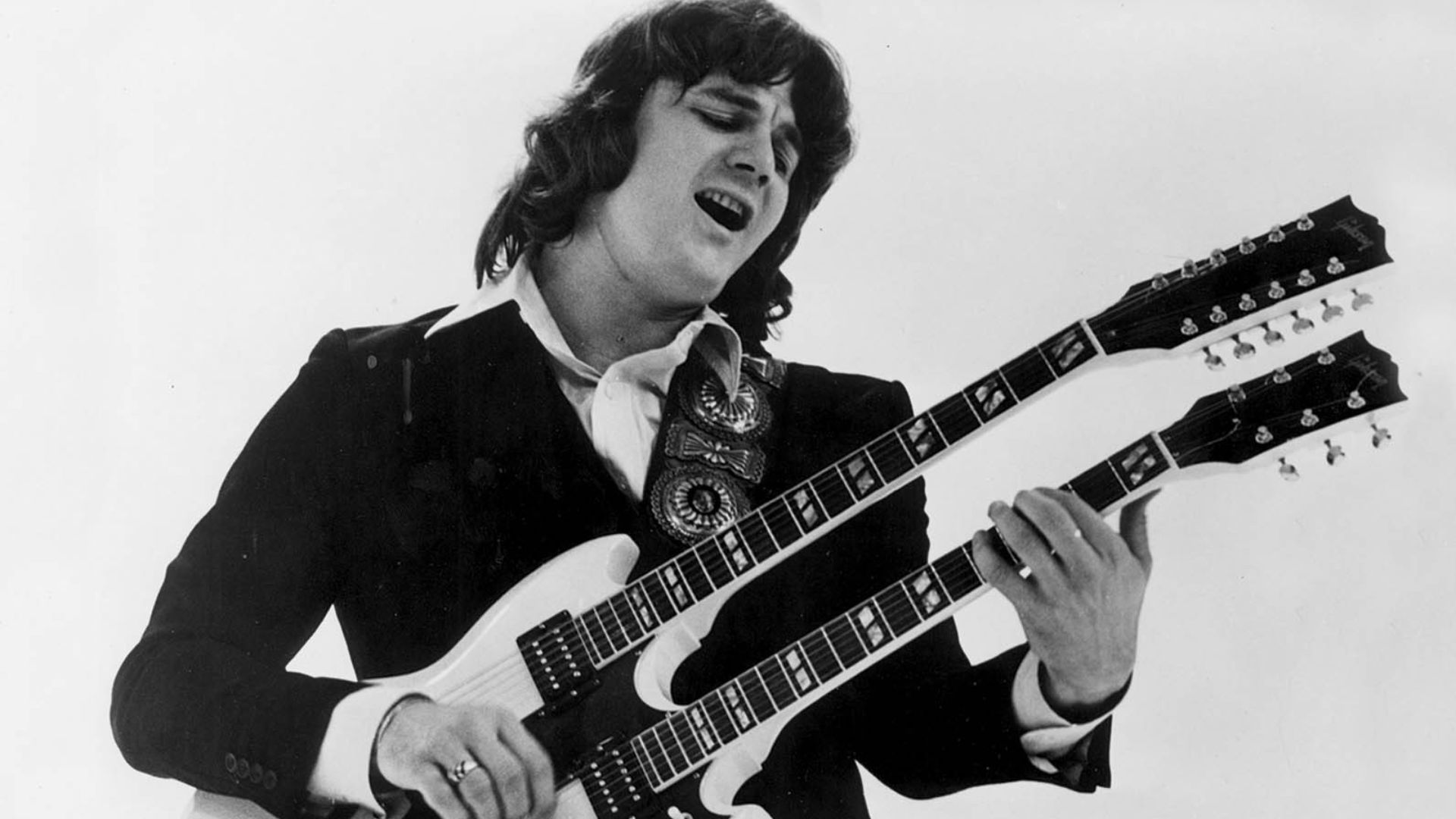 Capitol Records, Wikimedia Commons
Capitol Records, Wikimedia Commons
“The Man Machine” (Kraftwerk, 1978)
Another Kraftwerk gem that foresaw the human–machine merge. Lines like “The man machine—semi-human being” were practically written for the AI revolution. Decades later, Elon Musk quoted Kraftwerk’s lyrics in a talk about humanoid robots.
“Radioactive” (Imagine Dragons, 2012)
The lyric “Welcome to the new age” was meant as a metaphor—but it became an accidental tagline for tech dominance, climate anxiety, and even cryptocurrency hype. The band later said they didn’t realize “how on-the-nose” it would feel later.
 Imagine Dragons - Radioactive, ImagineDragons
Imagine Dragons - Radioactive, ImagineDragons
“The Future” (Leonard Cohen, 1992)
Cohen delivered bleak poetry about political decay, violence, and loss of faith—years before the same headlines reappeared. “Things are going to slide in all directions,” he warned. Spoiler: they did.
 Leonard Cohen – The Future 1992 / Vinyl, LP, Ernesto Vinyl
Leonard Cohen – The Future 1992 / Vinyl, LP, Ernesto Vinyl
“Forever Young” (Alphaville, 1984)
What started as a Cold War fear of dying young has aged into a reflection on our obsession with staying young—through science, surgery, and selfies. Alphaville didn’t predict Botox, but they definitely caught the vibe.
 Alphaville - Forever Young (Official Video HD), Alphaville (official)
Alphaville - Forever Young (Official Video HD), Alphaville (official)
“Rocket Man” (Elton John, 1972)
Decades before commercial spaceflight, Elton’s melancholy astronaut captured exactly how isolation would feel for real astronauts. Elon Musk later named a SpaceX prototype after the song—because, of course he did.
 Raph_PH, CC BY 2.0, Wikimedia Commons
Raph_PH, CC BY 2.0, Wikimedia Commons
“The Future’s So Bright, I Gotta Wear Shades” (Timbuk 3, 1986)
This one sounds optimistic but was meant as satire—a warning about a nuclear-powered job market. Ironically, it became a motivational anthem, proving that even cynicism can predict the mood of the next generation.
 Timbuk 3 - The Future's So Bright (I Gotta Wear Shades) (Daily Live 1987 SVT), Trygve Ostbye
Timbuk 3 - The Future's So Bright (I Gotta Wear Shades) (Daily Live 1987 SVT), Trygve Ostbye
You Might Also Like:
The Best Concept Albums In Music History


